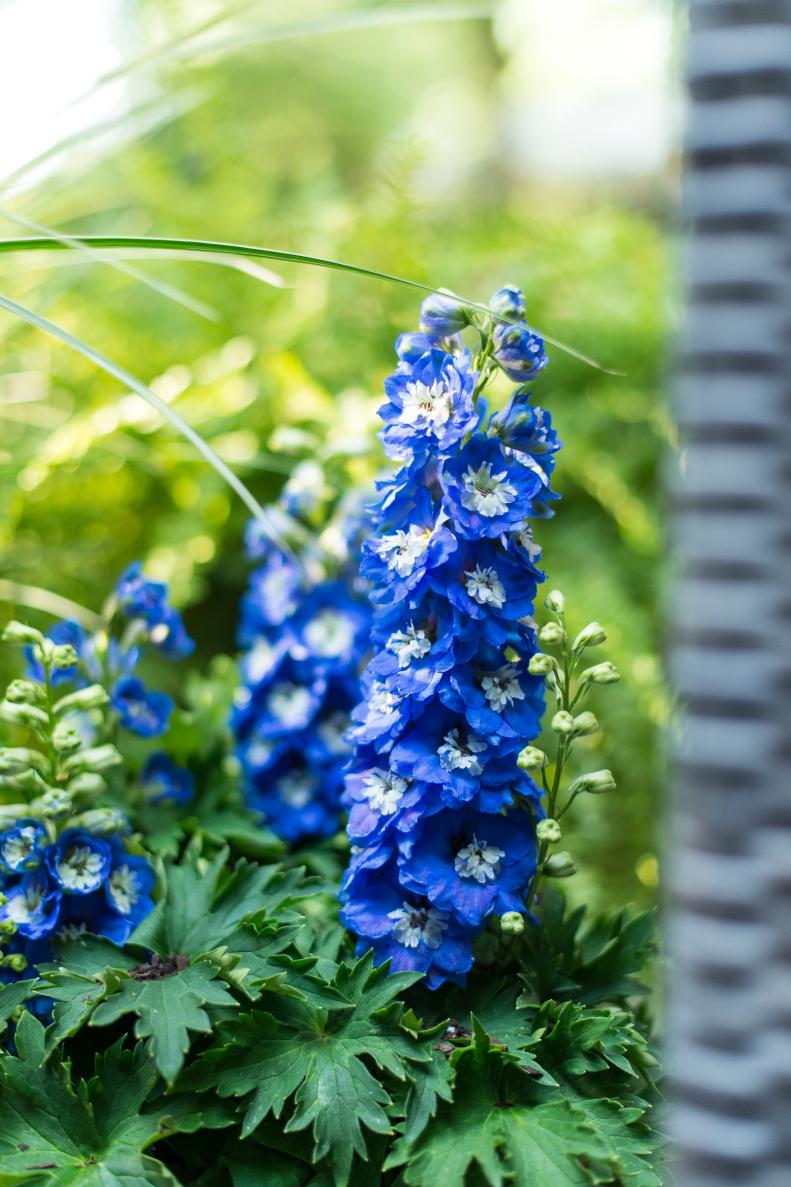1 / 25
Photo: Daniel Pratt
Mix Flowering Perennials for Big Impact
Flowering perennials bloom at different times of year so you can enjoy a succession of color from the earliest warmth of spring to the frosty days of winter in mild regions.
You can find flowering perennials in any hue, including black, chartreuse and multicolored blends. And perennial flowers come in an amazing array of forms, from happy daisy-like blooms to fuzzy spikes as with delphinium pictured here, to delicate heart-shaped blossoms.
Mix and match perennial flower colors and shapes to create an eye-pleasing scene. Add into that mix a blend of plants that flower at different points in the growing season, and you’re on your way to a breathtaking perennial garden that changes with the seasons.









